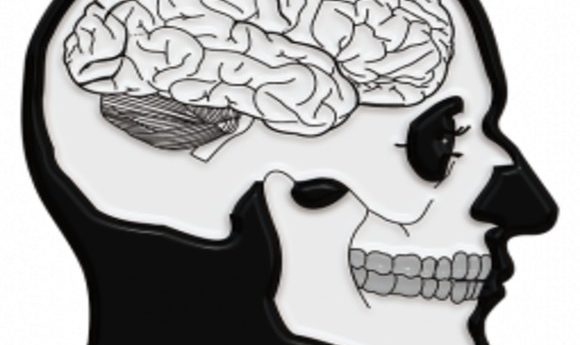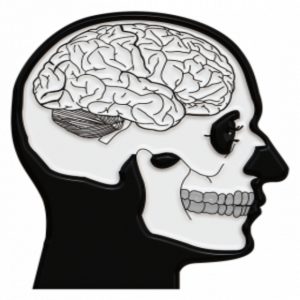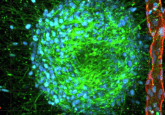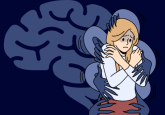Fear arises in the net

Over the past few years, neuroscientists have become more and more interested in the role of the extracellular matrix in memory and cognition. Now, researchers have found it plays an important role in fear.

The discovery that the brain remains plastic throughout the lifespan has changed the way that neuroscientists have considered—and investigated—the brain and its supporting substrates. Perineuronal nets (PNN), or the extracellular matrices that support neurons and neurites, are now known to facilitate the closing of childhood periods of enhanced plasticity, and they have also been implicated in memory. The combination of those findings, along with other research suggesting that the auditory cortex is linked to fear learning, led Robert Liu from Emory University and his colleagues to wonder what molecules in the auditory cortex might change as a consequence of fear learning.
To find out, Liu and colleagues trained mice to associate a particular tone with an electric shock. With time, the mice would freeze at the sound of the tone, anticipating the associated shock. That freezing response continued for days after the last shock had been administered. When the researchers looked at the animals’ PNNs in the auditory cortex, they discovered a strengthened matrix around the synapses. And when they gave the mice an enzyme that broke up this matrix, the animals no longer exhibited the freezing behavior at the sound of the tone.
“The fact that you can silence neural activity in auditory cortex after fear learning, when the sound isn’t even being played, and still see an impact on memory consolidation was very interesting,” Liu said. “It was also surprising to see that PNNs were necessary for that consolidation since they are generally thought of as a kind of brakes on plasticity—so we thought they would be more stable in adulthood, not something that could be modulated that way.”
Liu said that these findings support the idea that there may be a window in time after a traumatic event where one might interfere with the consolidation of a fear-inducing cue, preventing the development of disorder such as anxiety or post-traumatic stress disorder (PTSD).
“I’m curious about what activity is required after the experience to consolidate fear. What might be going on?” he said. “There’s a long standing idea that consolidating sensory memories requires a kind of playback process—and it’s been thought that’s something that happens during sleep. But seeing the activity in this study makes me wonder if there may be some kind of playback of sensory experience going on even outside of sleep.”





